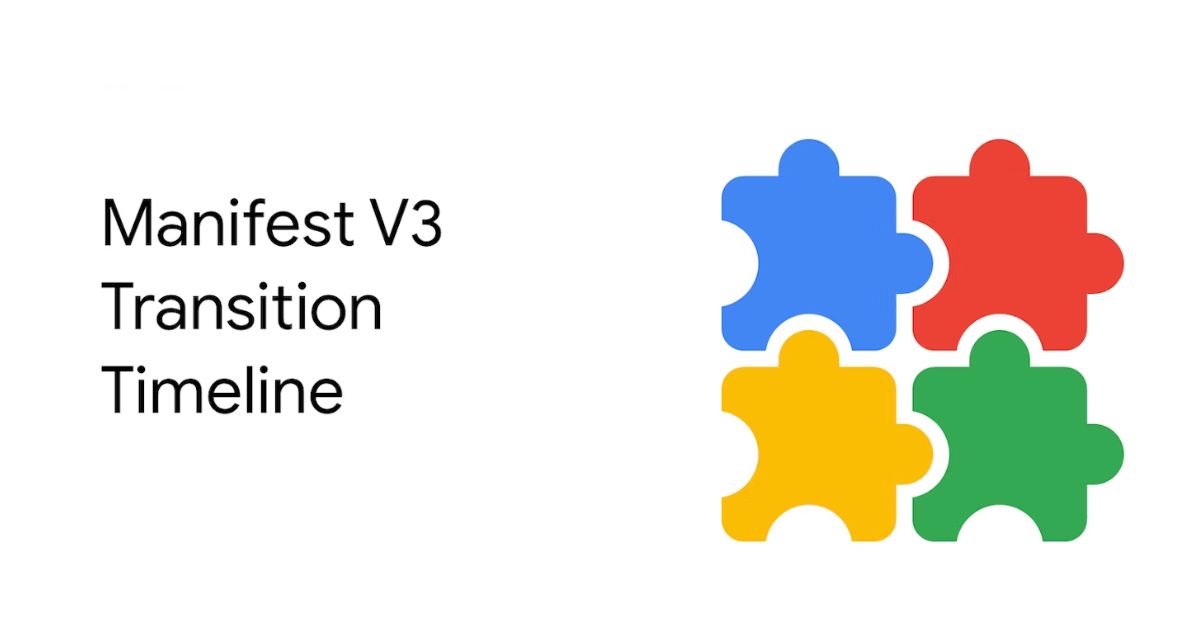The new version of Firefox 109 came out on Tuesday. It has a new extensions system that caused years of controversy when it was added to Google Chrome because it made some ad-blockers less effective. But Mozilla promises that its version will still let users “access the most effective privacy tools” and ad-blockers while keeping the cross-compatibility that makes it easy for developers to move their software between browsers.
(Google hasn’t shut down the system that lets ad-blockers work the way they always have, but users still have to worry about that happening. It’s not clear yet if Google will end up keeping the system that lets them run right now.)

Mozilla said in a blog post on Tuesday that it used Manifest Version 3 to make it much easier for people to make extensions for both Chrome and Firefox. The post was about the new extensions system. But even though its implementation is meant to be mostly compatible with Google’s, the organization says that its version is different in “some critical areas,” mainly security and privacy.
What is a manifest?
A manifest tells the browser all sorts of information about an extension, from what its name and version number are, to what permissions it’ll use, and what versions of a browser it’ll run on. New versions of the Manifest file format used by the browsers change what features extensions have access to, and can mandate changes. For example Manifest V3 in Chrome no longer allows a developer to load code from a remote server.
Google also pointed to these areas when it added Manifest V3 to Chrome in 2021, saying that it was “part of a shift in the way user security and privacy are thought of.” But one of the changes in the update broke popular content and ad-blocking extensions by taking away a feature they used to block certain network requests (be those to trackers, advertisers, or anyone else).
Related Updates
I won’t go into too much detail about how it did that because we already have an explainer that goes into the technical details, but the big picture is that Mozilla’s version of Manifest V3 keeps the feature Google took away and adds support for the less powerful replacement. This should make it so that developers of content-blocking extensions don’t have to make new, possibly more limited versions of their extensions. It should also make it easier for other developers to make extensions that work on more than one platform.
We realize many of our users still want to use third-party ad blocker extensions.
To give you as many options as possible for online privacy and security, Brave will support Manifest V2 extensions such as uBlock Origin even after Chrome stops doing so.
— Brave Software (@brave) September 27, 2022
There are some problems with this approach. Last year, Mozilla said that leaving that feature in can pose security risks. The foundation seems to think it’s worth the risk to keep content blocking, which it called “one of the most important uses for extensions.”
Privacy advocates like the Electronic Frontier Foundation and those who make content-blocking extensions like Ghostery probably agree; they both said Google’s version of Manifest V3 was bad for privacy when they condemned it. Even though the extension system is in current versions of Chrome, Google has backed off a bit. Late last year, the company said it was reviewing its plans to turn off Manifest V2 support this summer. This would have stopped people from using blockers that were getting around the new rules by not switching to V3.
Still, it’s good to see that Mozilla seems to have kept its promise to implement a version of Manifest V3 that lets content blockers do everything they’re supposed to do and adds many of the real improvements that came with Google’s version. That’s especially true because Google can sometimes feel like a monopoly when it comes to web browsing. Chrome is by far the most popular browser, and even “alternative” browsers like Microsoft Edge, Brave, and Opera use its technology, though Google’s decisions don’t completely bind them.
Firefox 109 also adds a “Extensions” button to the toolbar, which lets you control browser add-ons from there. One feature of the panel is that it lets you quickly see what permissions an extension has on a specific page and change them if the extension supports it.
Stay tuned to our website, NogMagazine.com for more related updates.